‘Everything is slow in Romania,’ said our driver Pavel resignedly, and, as it turned out, he was not exaggerating. He was taking us on a trip of about 150 miles, from Sibiu to Targu Jiu, to see the sculptures of Constantin Brancusi. Taking the faster route, we set off a little after 9 a.m. and arrived at about 2 p.m., stiffer, wearier and more comprehending of the reasons why, although Brancusi’s ‘Endless Column’ is among the most celebrated works of modernism, almost nobody — in the London art world, at least — has seen it. My inquiries suggested that an intrepid Tate curator had made it, but that was more than a decade ago.
Evidently, as we now realised, nobody in their right mind would make the excursion, which involved navigating a mountain pass through the Carpathians on a road partly collapsed into a river torrent. Anyone wanting to get to Targu Jiu should start from somewhere else. They should also be warned that, modern art aside, its attractions to visitors are limited. Our guidebook mentioned ‘grim coal and lignite mines’ in the environs plus the ‘gross modernisation’ the place had suffered in the era of the communist dictator Nicolae Ceausescu. There was, indeed, a lot of concrete. Nonetheless, Targu Jiu richly repays a visit.
The first Brancusi we encountered was the ‘Endless Column’. It was an extraordinary sight, sprouting out of a small park, gleaming softly in the sunshine. But, like many great sculptures, it is difficult to photograph — or even describe. It is easier to say what it is not like. It doesn’t resemble a tower, pillar or a factory chimney — Romania boasts some truly stonking specimens of the last.
The ‘Endless Column’ is lighter, thinner: more like a thread or a chain. It consists of 16-and-a-half repeated elements made of iron and coated with a pale golden surface, rhomboid and chunky, suggestive of a crystal or a massive bead. They stretch up and up into the sky, the most important being the one at the top — the half — because it suggests the meaning of the whole. This is a sculpture of infinity (its title in Romanian is ‘Coloana Infinitului’).
It is thus a highly paradoxical thing: a solid three-dimensional representation of time. That’s why it’s so tricky to snap. The result is a picture of a long, thin thing sticking up in the air. But the crucial point, when you are standing near it, is the way in which it soars up and up, above you. In fact, it’s a little under 100 feet, but its delicacy makes it seem much more than that. We are used to sculpture being earthbound: usually it confronts you. This, in contrast, appears to be heading for outer space. In the end, my wife made a short film of it on her phone, scanning upwards, which conveyed the experience better.
Although the sites of the Brancusi sculptures were not thronging with visitors there were signs that they are valued. As we approached the ‘Endless Column’, a uniformed man with a walrus moustache emerged out of the bushes, waving his arms. Approaching too closely is now forbidden, but the column has not always been so carefully protected. Under the communist regime, in the 1950s, it was proposed that it should be demolished, as an example of ‘bourgeois decadence’. An attempt, fortunately unsuccessful, was made to pull it down.
The column and the other Brancusi works at Targu Jiu were commissioned by the League of Gorj Women to honour the fallen of the first world war, in which hundreds of thousands of Romanians died fighting Austria-Hungary and Germany (Gorj being the region surrounding Targu Jiu).
Initially, Brancusi proposed a series of 12 sculptures, of which three were completed in the late-1930s. More than a mile away from the ‘Column’, the other two — ‘The Gate of the Kiss’ and ‘The Table of Silence’ — are sited in a wooded park. The former, a limestone arch made up of highly abstracted versions of embracing figures, is a masterpiece only marginally less striking than the ‘Endless Column’.
It is a reminder of how Romanian Brancusi was, as well as how modernist. He was born in 1876, in a little village in the foothills of the Carpathians, not far from Targu Jiu. His parents were peasants, and the youthful artist showed a talent for woodwork — of which you see spectacular examples in Romanian villages, including magnificent gates, a little like ‘The Gate of the Kiss’. As a young man, Brancusi moved from folk art to the international avant-garde — but managed to retain a sense of his beginnings.
It was a long journey. As a boy he ran away from home, worked in a grocer’s and a bar, before his talent was spotted and he made his way first to a school of crafts, then to art school in Bucharest and finally — allegedly on foot — to the Paris of Picasso and Matisse. As a sculptor, he was the only true rival to the first of those two giants.
We decided to return from Targu Jiu by the slower road, which turned out to be slightly faster — although as our long-suffering driver noted, it took us along the most dangerous road in the country: a narrow, snaking route infested with kamikaze over-takers. But when we arrived back at Sibiu, 11 hours after we had set out, we were delighted to have made our journey.
Got something to add? Join the discussion and comment below.
Get 10 issues for just $10
Subscribe to The Spectator Australia today for the next 10 magazine issues, plus full online access, for just $10.
You might disagree with half of it, but you’ll enjoy reading all of it. Try your first month for free, then just $2 a week for the remainder of your first year.

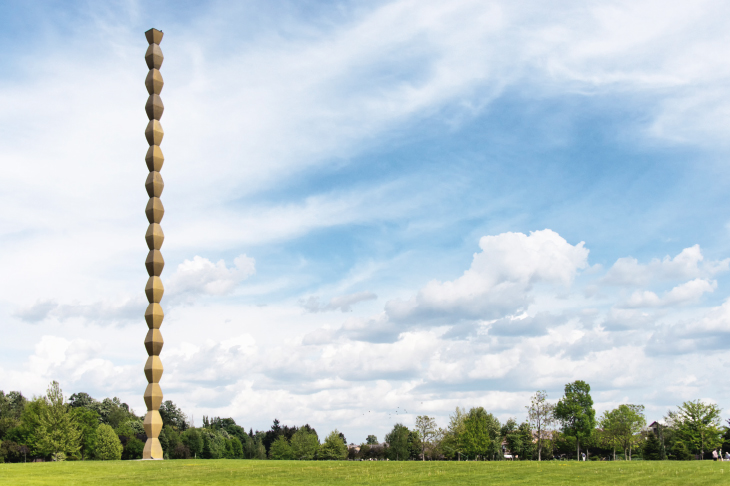
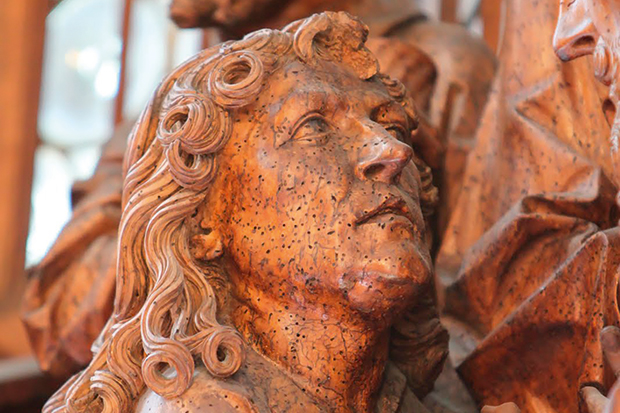
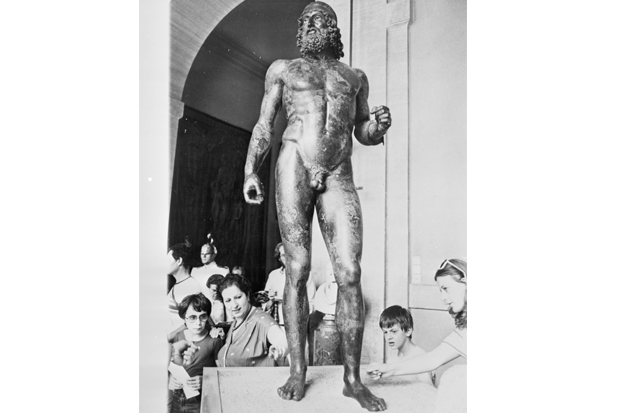
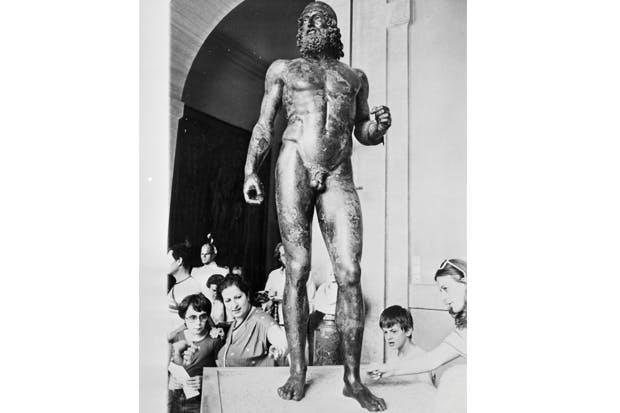
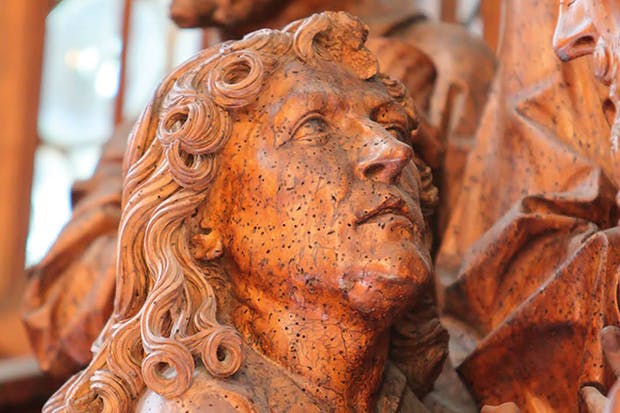
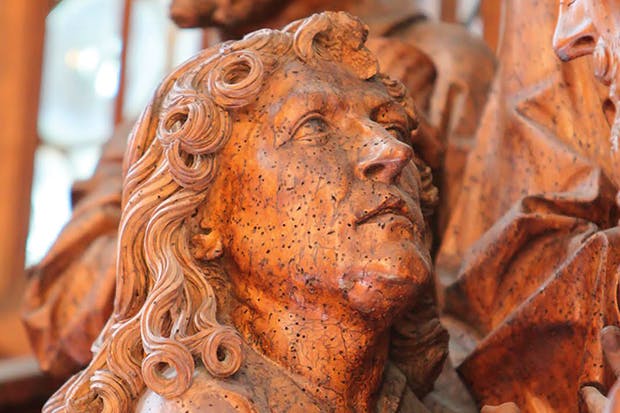






Comments
Don't miss out
Join the conversation with other Spectator Australia readers. Subscribe to leave a comment.
SUBSCRIBEAlready a subscriber? Log in